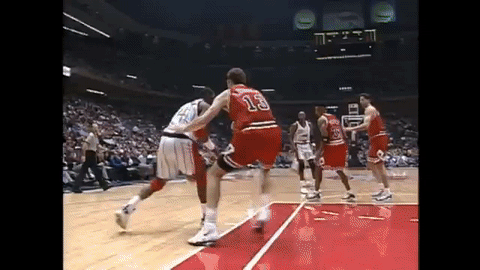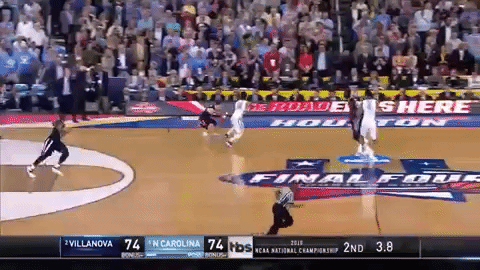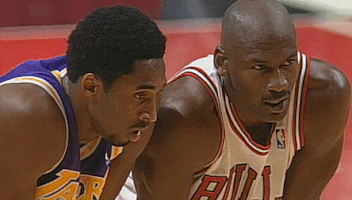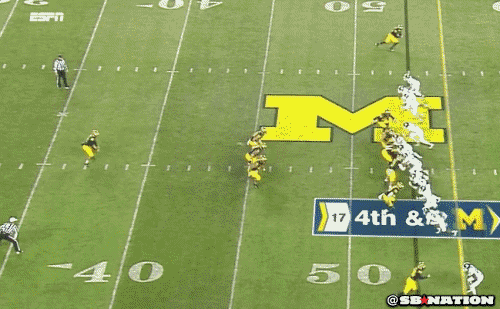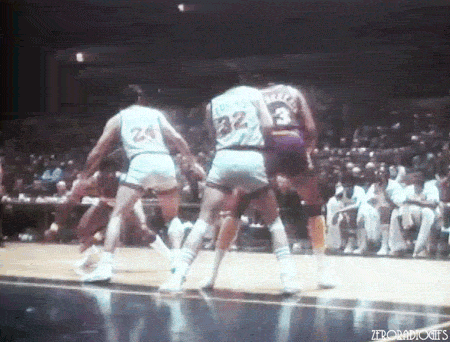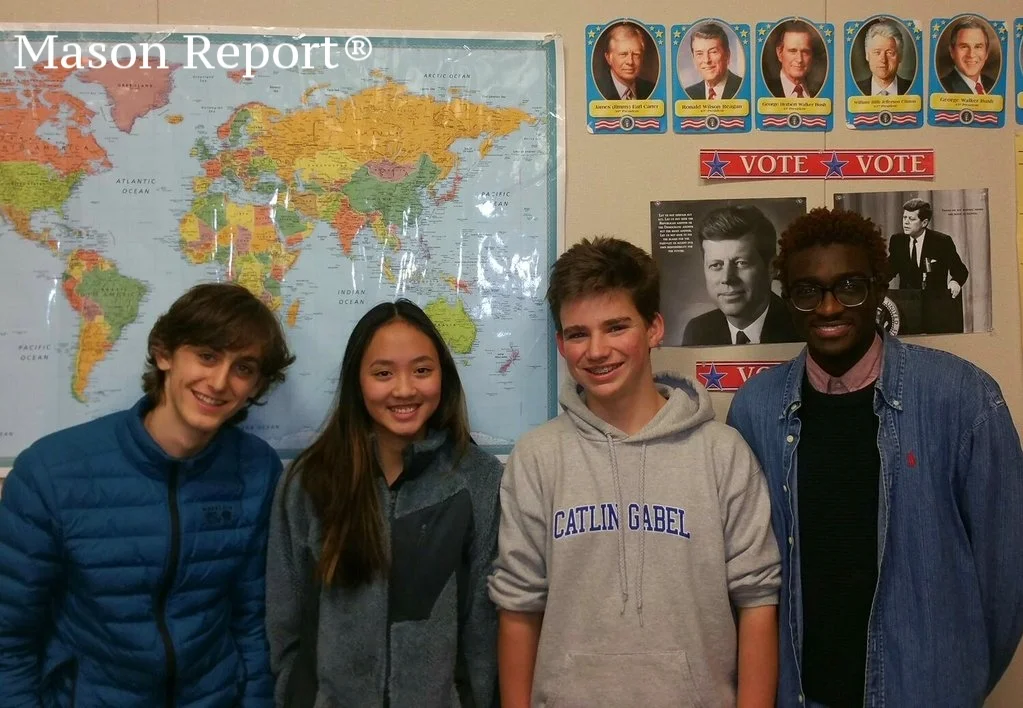Harlem Renaissance
For a brief period early in the twentieth century, Harlem, New York served as the symbolic capital of Black culture. From intellectual awakening to musical innovation, Harlem quickly grew from symbolic to actual center of Black created art, literature, and music.
Originally known as the “Negro Renaissance,” the Harlem Renaissance exposed the world to such poets as Langston Hughes, iconic musicians like Louis Armstrong, and unmatched writers like Zora Neale Hurston. This Black cultural awakening lasted from the end of the First World War to the mid 1930s. This awakening emerged on the heels of the Great Migration – a period when Black Americans left the oppressive American South for metropolitan centers mostly in the north.
Before the Pan-African or Black Power movements gained popularity in the 1950s and 60s, it was the Black Pride movement born of artistic and literary expression during the Harlem Renaissance that brought the Black community together in the 1920s. Writers refused to temper their message. Books describing the harsh reality of the Black experience were published with regularity in this era. Thanks to the willingness of publishers to feature Black writers, many of the times greatest voices traveled to Harlem to share their work and often their pain.
The talent of Black artists, writers, and musicians was unmistakeable and so far-reaching that whites often visited Harlem for entertainment. This era of U.S. history should be remembered for Black Americans finally receiving credit for their contributions to culture. The Harlem Renaissance shifted culture not temporarily but forever. There is no James Baldwin or Billie Holliday, if not for the influence of the Harlem Renaissance.


